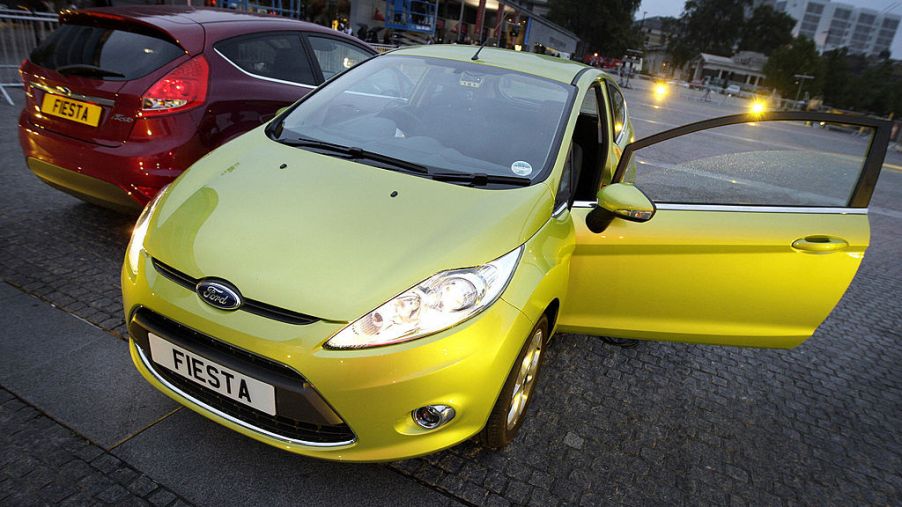
IIHS: Many More Deaths In Ford Fiesta Than Any Other Vehicle
The Insurance Institute for Highway Safety just released its data on driver fatality rates per million registered vehicle years. It covers fatalities from 2015 to 2018 which are the most recent statistics it has. The data the IIHS looks at takes in a variety of numbers including total miles driven, accident locations, vehicle mileage, and speed, among other data. Ford’s Fiesta has the unenviable title of many more driver deaths per million miles than any other vehicle today.
Fiesta’s number is many more deaths per million miles
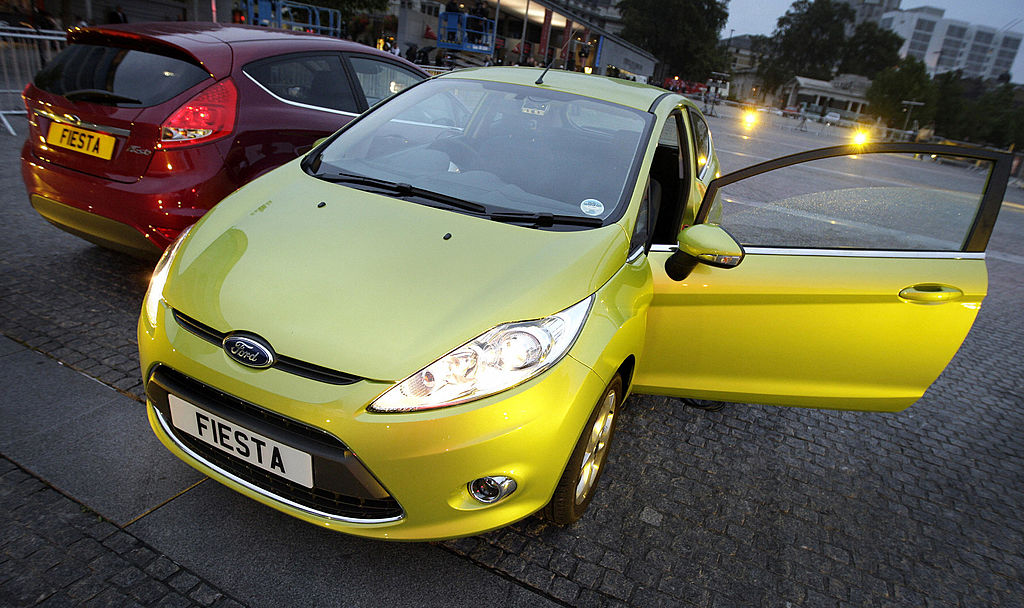
In the small car category that the Fiesta resides in the average driver deaths per million miles was 108. The Fiesta’s number is 141 driver deaths per million miles. That’s a sizable difference however you look at it.
The IIHS reviews driver deaths only. That’s because every vehicle has a driver but not every vehicle has a passenger. To be included in the data the IIHS looks only at vehicles with at least 100,000 registered vehicle years of accident exposure from 2015 to 2018. The numbers come from the federal Fatality Analysis Reporting System.
Subcompact cars had an average death per million miles of 78. Large cars came in at 36 deaths per million miles. Obviously, the take-away from those numbers is that the larger the vehicle the better your chances of surviving an accident.
“Smaller vehicles offer less protection for the driver in crashes”
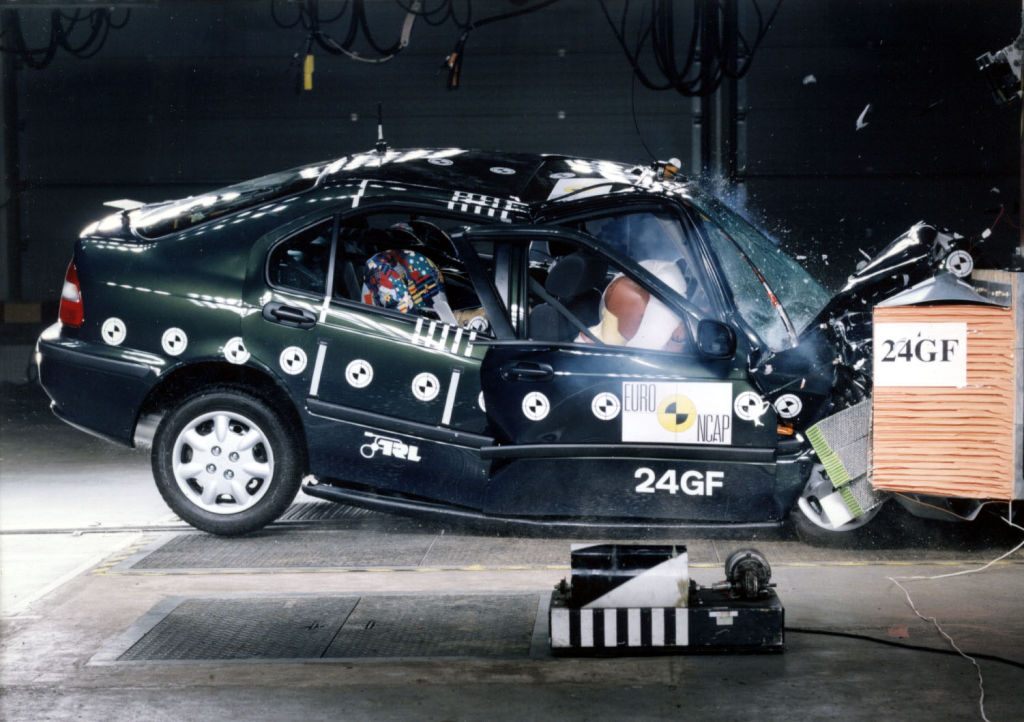
“Smaller vehicles offer less protection for the driver in crashes, and their lighter mass means that they take the brunt of collisions with larger vehicles,” says Joe Nolan, IIHS senior vice president of vehicle research. Their full report can be found on the IIHS website.
It is even more pronounced when you look at deaths in SUVs and luxury vehicles. This takes in vehicles like the Infiniti QX60, Porsche Cayenne, and Mercedes C Class. For those, the rate was zero.
But sometimes the numbers can be a bit wonky. When you look at the rates for the GMC Yukon XL there were zero deaths per million miles traveled. But the virtually identical Chevy Suburban showed eight deaths per million miles. What’s up with that?
The Volkswagen Golf and Nissan Leaf have death rates of zero and five respectively
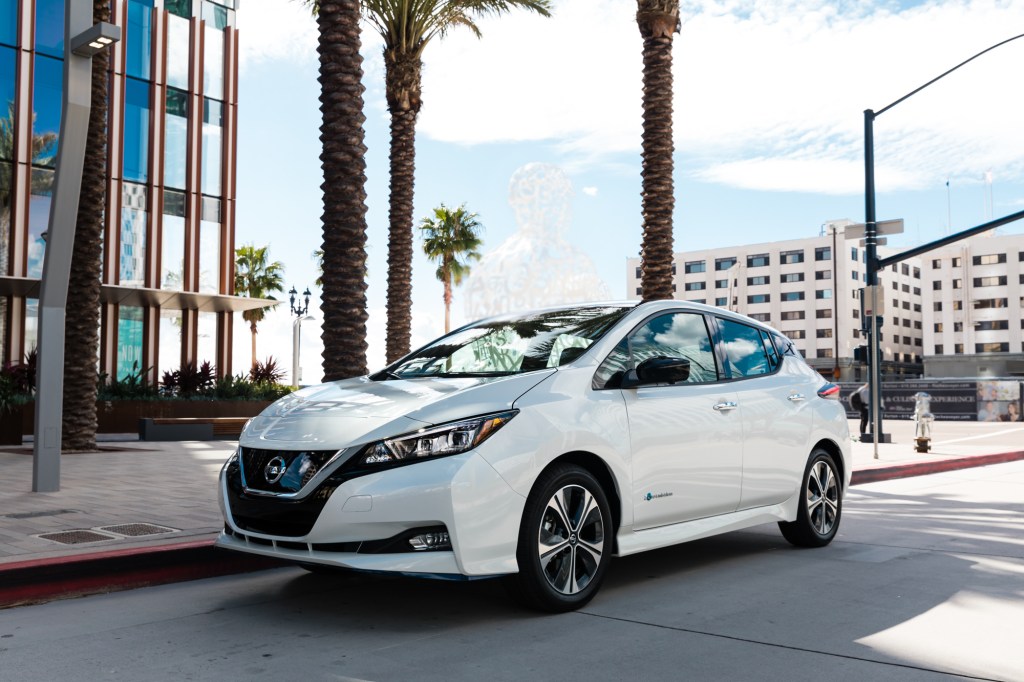
And there are other numbers that can’t be explained. For instance, the Volkswagen Golf and Nissan Leaf have death rates of zero and five respectively. Both are small cars in the category of the Fiesta. Since the Leaf is an EV its low death rates per million miles could be attributed to when and where EVs are driven.
Fatalities overall have seen a jump in spite of better safety features and electronic driver assist aids. Deaths increased from 134,905 in the years 2012 to 2015, to 147,324 fatalities in the years 2015 to 2018.
The lowest death rates can be found with large SUVs, midsize luxury cars, and minivans
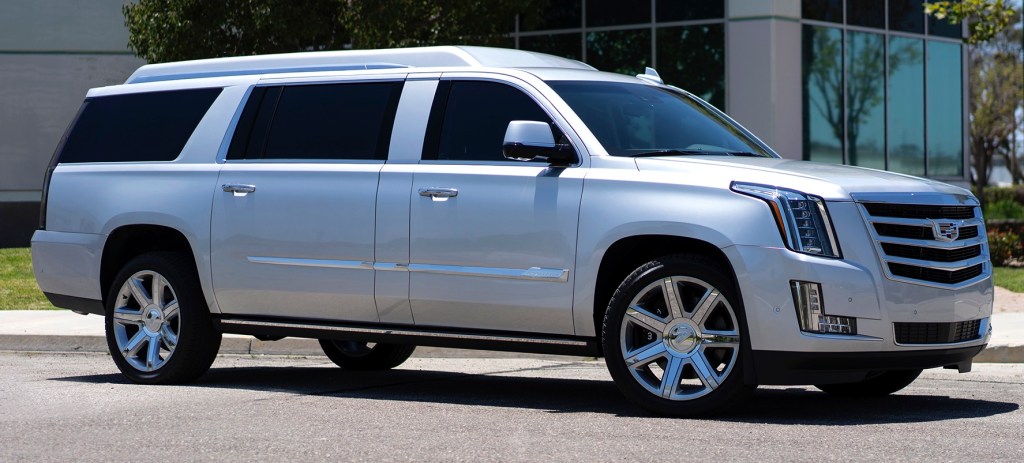
Generally, the lowest death rates can be found with large SUVs, midsize luxury cars, and minivans. Interestingly, death rates are higher for non-luxury vehicles than luxury vehicles. Luxury vehicles are usually equipped with driver-assist and other safety features like a blind-spot warning. This may account for part of the difference between the two.
In a specific type of vehicle within the more general categories, the midsize station wagon on average is the safest of all vehicles. Size is an important factor but the demographic for wagon buyers may also play a large part.



